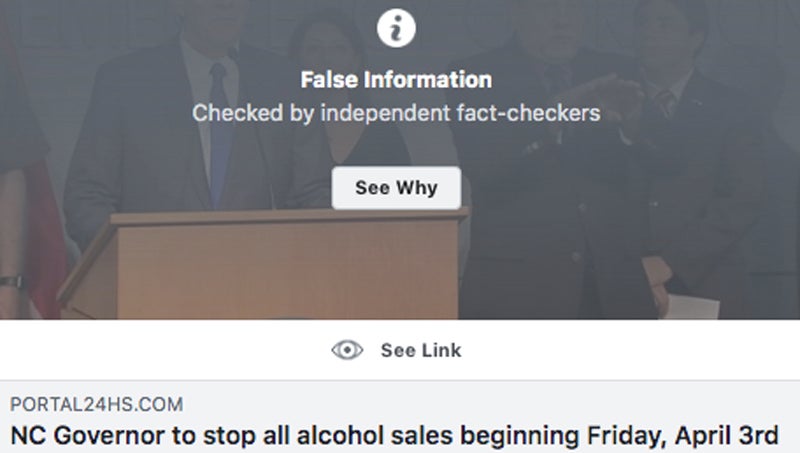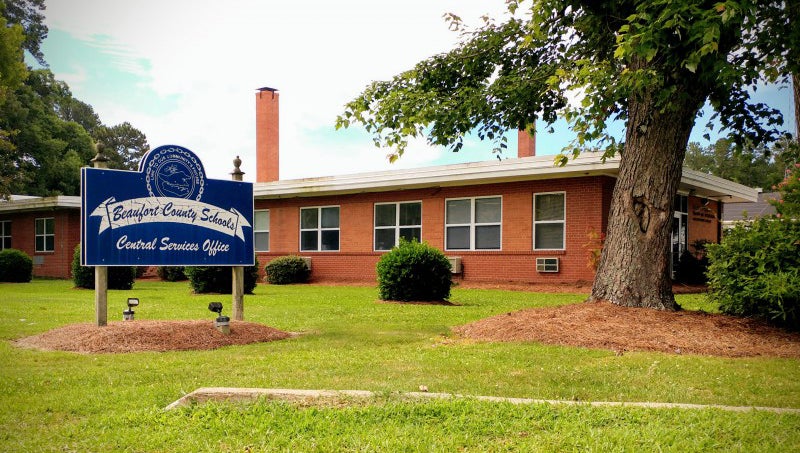Slowing the spread of misinformation
Published 6:50 pm Thursday, April 2, 2020
|
Getting your Trinity Audio player ready...
|
As a potentially deadly virus continues to spread across the globe, in many of our homes, an equally dangerous contagion is spreading just as rapidly — the pandemic of misinformation.
It doesn’t come by close contact with other people, but rather by remote means — computers, cell phones, tablets and social media. It’s fueled by rumor, speculation, “he-said-she-said” and dubious websites, and now, with public health on the line, misinformation can kill.
As journalists, we have a responsibility to the truth. That has been, and continues to be, the guiding star of what the Washington Daily News is all about. But now, it’s not just about passing along important, factual information. It’s also about quelling misinformation and helping prevent false rumors from being taken as fact.
That task, however, is not just a job for reporters. In this day and time, every one of us needs to think critically about the information that we see and share.
To that effect, the Poynter Institute, an organization dedicated to helping reporters better serve their communities, is helping non-journalists learn how to critically analyze media through its MediaWise program.
At the most basic level this involves asking the same questions a reporter would — who, what, where, when, why and how.
- WHO: Think about: Who posted this? What motivations might they have? Check out their profile. Is there a blue checkmark there? That means they are a verified account on the platform. But even that doesn’t mean they are an authority on coronavirus. So be skeptical — why should you listen to them?
- WHAT: What evidence did they include to back it up? If there are no links or references to verified sources like the Centers for Disease Control and Prevention, World Health Organization or federal or local governments, just move on. All the reliable information right now is centralized, and you should stick with information you know to be verified and reliable.
- WHERE: Consider where the person is who posted it. The best information about what is happening in your community is going to come from local sources.
- WHEN: This is super-important right now — when was the information posted or updated? New information is coming in daily, sometimes hourly. Look for timestamps. Look for dates and times on everything you read. Remember that what might have been true when it was posted — even if it was just three days ago, might be outdated now.
- WHY: This is everything. Think about why this person might be posting this content. Are they a trusted, well-informed official source or do they have negative motivations? Are they trying to get the information out before others and go viral? It’s important to put yourself in that person’s shoes to detect any potential bias.
- HOW: How is this information being shared and what information are they sharing to back it up? If it’s shared on a platform that is not known as a place to get reliable health information, you should think twice about sharing it and taking it as fact.
By asking these questions before you post or share, you too can do your part to slow the spread of misinformation. To view the original source of theses tips, and more information about the Poynter Institute’s MediaWise program, visit www.poynter.org/fact-checking/2020/covid-19-misinformation-is-going-viral-help-stop-the-spread.






